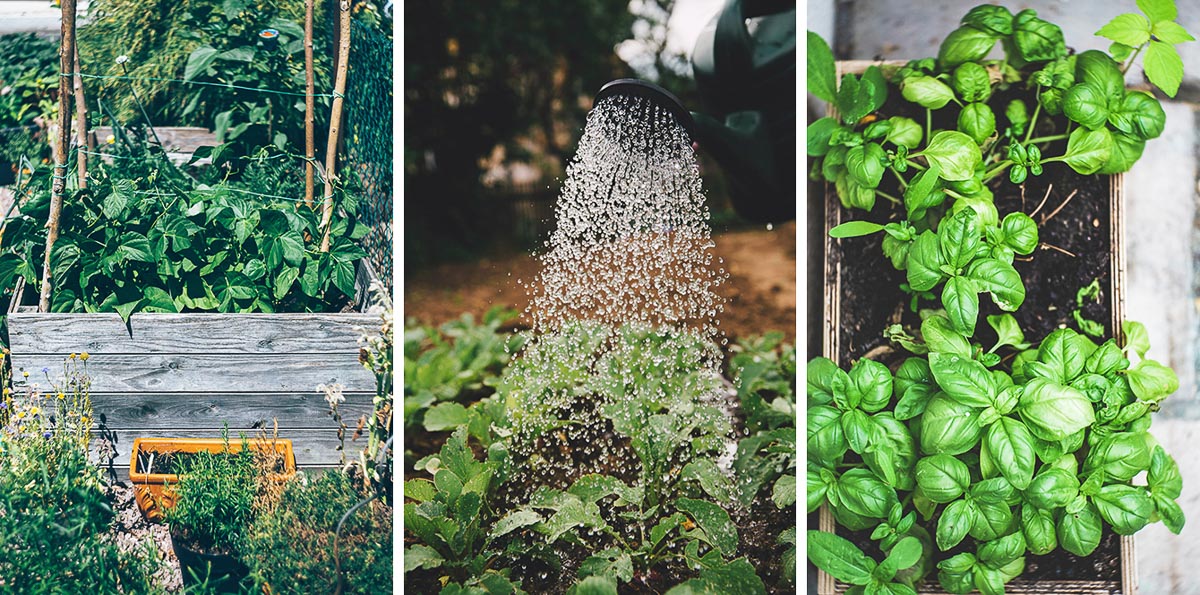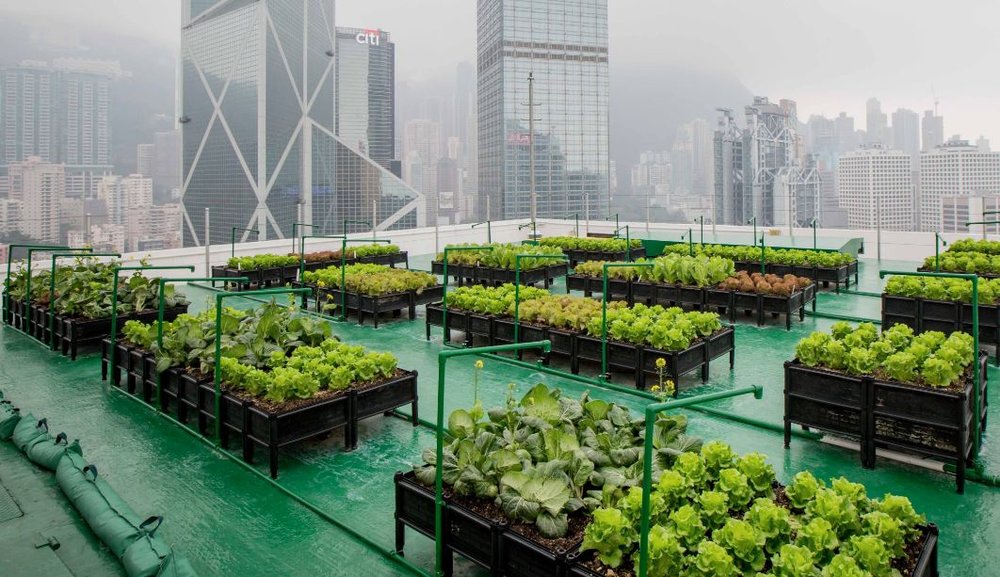Getting The City Blooming To Work
Getting The City Blooming To Work
Blog Article
The Facts About City Blooming Uncovered
Table of ContentsIndicators on City Blooming You Should KnowCity Blooming Fundamentals ExplainedWhat Does City Blooming Do?City Blooming Can Be Fun For AnyoneHow City Blooming can Save You Time, Stress, and Money.
Fascinated in expanding food for sale in the City of Chicago? Below is a checklist of frequently asked concerns relating to the guidelines and regulations that cultivators need to consider when intending a city agriculture project.
The zoning amendment does not change any kind of various other codes managing composting, structure authorizations, acquiring or renting City possessed home, business licenses or environmental contamination. There are existing codes that control these problems and they stay completely result and may apply to your job. Neighborhood gardens are commonly owned or taken care of by public entities, civic companies or community-based organizations and maintained by volunteers.
Urban ranches grow food that is planned to be offered, either on a nonprofit or for-profit basis. Due to their business objective, urban farms call for a service certificate.
City Blooming - An Overview
The quantity of garden compost material can not exceed 25 cubic yards at any type of provided time according to the standards in 7-28-715 of the City's Municipal Code. Because the dirt at many new garden websites requires changing, garden compost, soil, timber chips, or other products can be obtained to create or improve the growing space.

If a structure authorization is needed then the hoophouse will be thought about an accessory building. You can discover more about the building authorization demands by calling the Division of Buildings. The 25,000-square-foot size limitation is meant to protect against a single community garden from controling a provided block or interfering with the block's existing residential or business character.
The limitation does not apply to yards located in Public Open Space (POS) districts. Can there be more than one area yard that is 25,000 square feet on a solitary block? Fencing is not needed, nevertheless, yards that have huge parking locations might be called for to mount fence or other landscaping features.
The Of City Blooming
B1 & B2 districts call for that all industrial usage tasks be carried out indoors. Is fence needed for urban farms? Fences might be required, along with landscaping and screening, for particular parking areas and exterior job or storage locations depending on area and the particular task taking area.
Urban ranches require structure permits and zoning approvals prior to building and construction (container and raised bed gardening etc.). Various other types of city evaluation might be called for depending on details frameworks, tasks, size, landscape design, licensing, public health and stormwater administration problems.
The Department of Service Affairs and Consumer Security can help figure out the particular kind of company certificate that's required. Off road car parking is needed for a lot of commercial jobs in Chicago. The needed number of auto parking areas is based on the number of employees functioning on site and not the square footage of the expanding room.
The 20-Second Trick For City Blooming

A city ranch can market compost material produced on site, however, the procedure needs to conform with the guidelines in 7-28-715 of the Chicago Municipal Code. Aquaponic systems are enabled inside your home on metropolitan ranches in several zoning areas.
As much as 5 hives or colonies of honey may be maintained as an accessory use. Beekeepers have to sign up with the Illinois Division of Agriculture. For more details concerning the recommended zoning modification you might speak to the Department of Real Estate and Economic Development, Bureau of Preparation and Zoning at 312.744.8563.
Farming in cities and urban areas An urban ranch in Chicago. Urban farming refers to various practices of cultivating. https://www.cheaperseeker.com/u/cityblooming, handling, and distributing food in city locations. The term additionally relates to the area activities of animal husbandry, tank farming, beekeeping, and gardening in a metropolitan context. Urban farming is identified from peri-urban agriculture, which takes area in country locations at the edge of residential areas.
The smart Trick of City Blooming That Nobody is Talking About
, who seek to form social networks started on a common principles of nature and area holism. These networks can create by way of formal institutional support, coming to be incorporated right into local town planning as a "change town" movement for lasting urban development.
The much more straight access to fresh vegetable, fruit, and meat items that might be know with city farming can boost food security and food safety while decreasing food miles, bring about reduced greenhouse gas emissions, thus adding to environment adjustment mitigation. Several of the initial evidence check here of urban agriculture comes from Mesopotamia.
Report this page